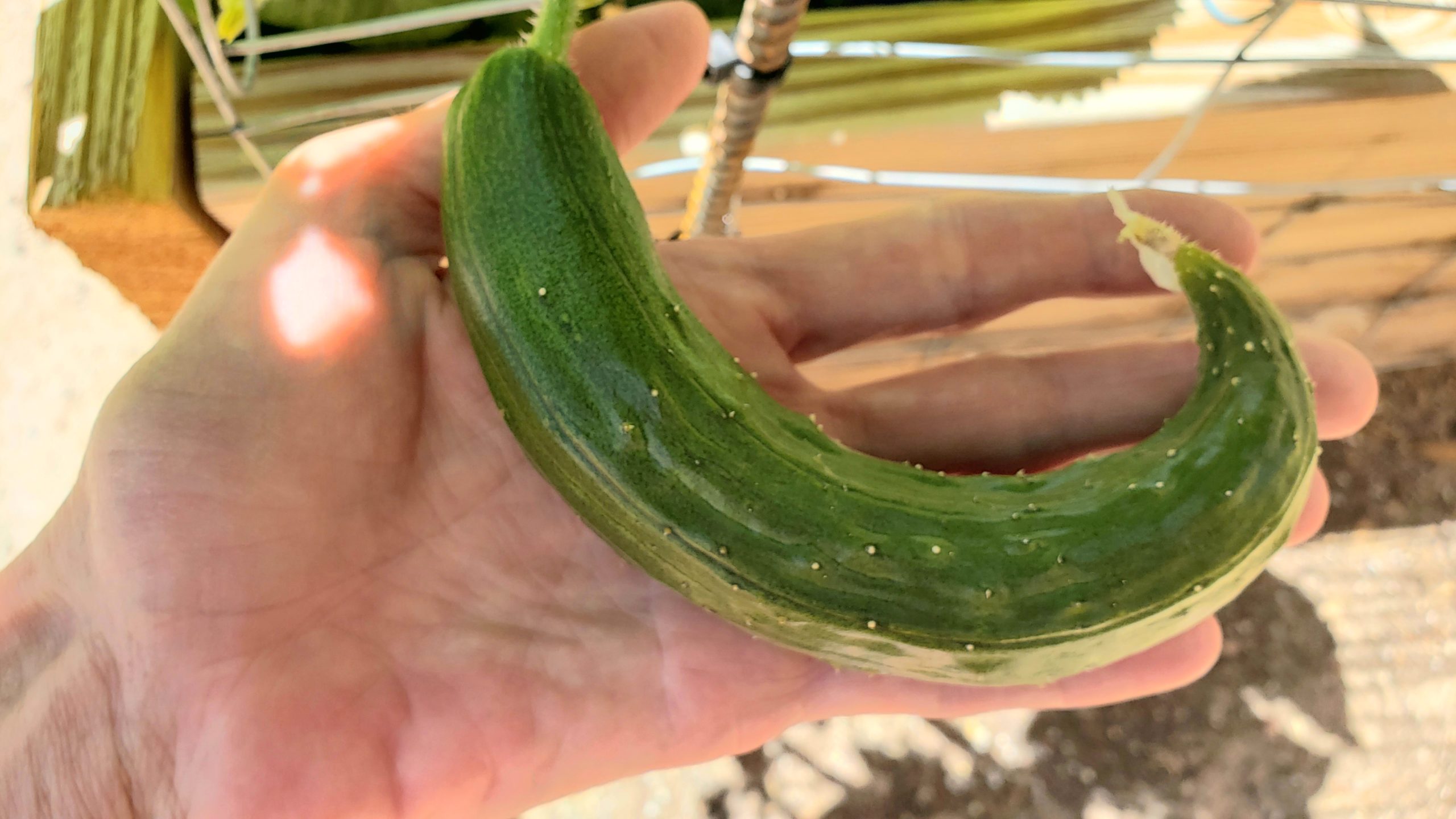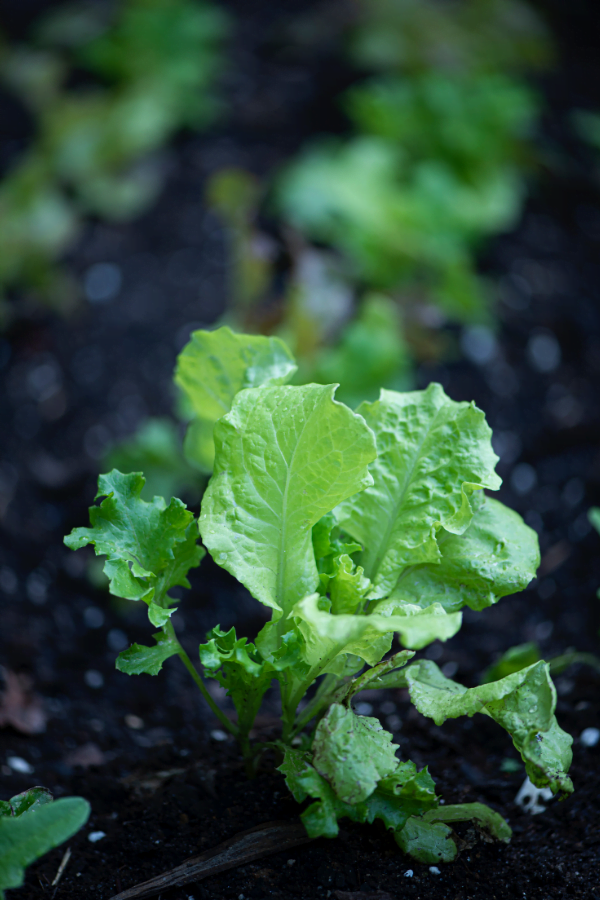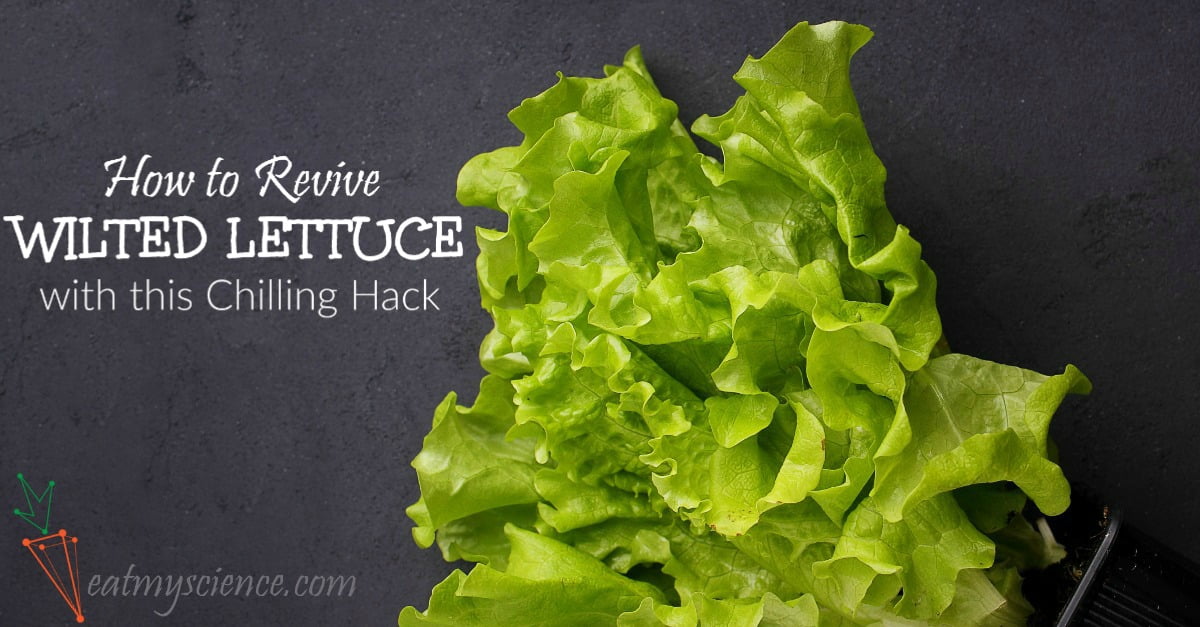Imagine this: you’re strolling through your garden, eagerly awaiting the moment when your vines yield a bumper crop of fresh, crunchy cucumbers. But as you excitedly inspect the fruits of your labor, something catches your eye – some of the cucumbers are not straight, but rather, oddly curled. Curiosity piqued, you wonder, why do cucumbers curl up when growing? In this article, we’ll explore the fascinating reasons behind this peculiar phenomenon and uncover the secrets of these mischievous little green vegetables. So buckle up, because we’re about to embark on a cucumber-filled adventure!
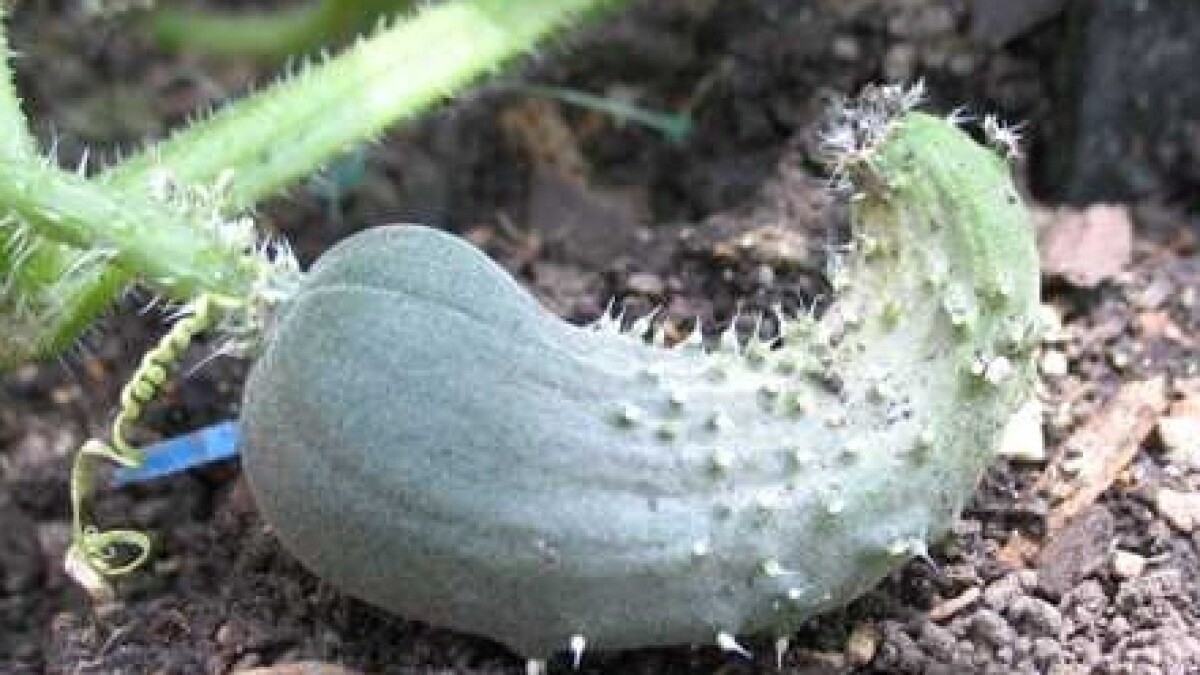
Physical Factors
Temperature
Temperature can have a significant impact on the growth and development of cucumber plants. Extreme temperatures, both hot and cold, can cause cucumbers to curl up. When temperatures are too high, the plant may become stressed, leading to curled leaves and stunted growth. Similarly, when temperatures are too cold, the plant’s growth may be inhibited, resulting in curled leaves and a decreased yield. It is important to provide a favorable temperature range for cucumber plants to thrive and avoid unwanted curling.
Light Exposure
Proper light exposure is essential for the healthy growth of cucumber plants. Insufficient light can cause the vines to stretch and become weak, leading to curled leaves. Conversely, too much direct sunlight, especially during the hottest part of the day, can result in leaf burn and curling. Finding the right balance of light exposure is crucial in preventing cucumber curling and promoting vigorous growth.
Watering Habits
Watering plays a vital role in cucumber plant health. Inconsistent watering practices can cause the leaves to curl. Overwatering saturates the soil, preventing proper oxygen flow to the roots and resulting in stress for the plant. On the other hand, underwatering deprives the cucumbers of the necessary moisture for growth, causing leaves to curl and become brittle. It is important to maintain a consistent watering schedule, ensuring the soil is neither too dry nor too wet, to prevent curling issues.
Genetic Factors
Varieties
The choice of cucumber varieties can have an impact on the occurrence of curling. Some cucumber varieties are more susceptible to curling than others. It is advisable to select cucumber cultivars that are known for their excellent growth habits and resistance to curling. Researching and choosing the right variety can help minimize the risk of curling issues in your cucumber plants.
Cross-pollination
Cross-pollination can also lead to curling in cucumber plants. When different cucumber varieties are grown in close proximity, their pollen can mix, resulting in hybrid cucumbers with unusual characteristics, including curled fruits. To prevent cross-pollination, it is essential to ensure adequate spacing between different cucumber varieties or consider using physical barriers, such as netting or cages, to prevent pollinators from transferring pollen between varieties.

Nutrient Deficiencies
Nitrogen
A lack of nitrogen can have adverse effects on cucumber plants, including leaf curling. Nitrogen is an essential nutrient for plant growth and plays a vital role in the production of chlorophyll. Without sufficient nitrogen, the plant’s leaves may turn yellow, curl up, and exhibit stunted growth. Regularly fertilizing cucumber plants with nitrogen-rich fertilizers can prevent nutrient deficiencies and help maintain healthy foliage.
Calcium
Insufficient calcium uptake can also contribute to cucumber curling. Calcium is essential for cell wall development and function, and its deficiency can result in weak cell walls, leading to curled leaves and fruits. Adding calcium supplements, such as bone meal or gypsum, to the soil can provide an adequate supply of calcium and prevent curling issues caused by calcium deficiency.
Boron
Boron deficiency is another nutrient-related factor that can cause cucumber curling. Boron is crucial for cell division, fruit development, and the formation of new plant tissue. Without sufficient boron, the growth of cucumber plants may be stunted, and leaves may curl. Applying boron-rich fertilizers according to recommended rates can help alleviate boron deficiencies and promote healthy cucumber growth.
Magnesium
Lack of magnesium can also contribute to leaf curling in cucumber plants. Magnesium is vital for chlorophyll production and is involved in many enzyme functions within the plant. Plants lacking magnesium may exhibit yellowing leaves that curl upwards. Providing magnesium through foliar sprays or incorporating magnesium-rich fertilizers into the soil can prevent magnesium deficiencies and minimize curling.
Pest and Disease Issues
Cucumber Beetles
Cucumber beetles are common pests that can damage cucumber plants and contribute to leaf curling. These small, yellowish-green or striped insects feed on cucumber foliage and transmit bacterial wilt and other diseases. The damage caused by cucumber beetles can lead to curled, wilted leaves and overall plant decline. Implementing effective pest control methods, such as the use of insecticides or organic pest management techniques, can help manage cucumber beetle populations and reduce the risk of leaf curling.
Bacterial Wilt
Bacterial wilt is a bacterial infection that affects cucumber plants and can lead to curling and wilting of leaves. The disease is spread by cucumber beetles, which introduce the bacteria into the plant while feeding. Once infected, the cucumber plant’s vascular system becomes compromised, leading to wilting, curling, and eventual death of the plant. To prevent bacterial wilt, it is important to control cucumber beetle populations and remove infected plants promptly to reduce the risk of spreading the disease.
Powdery Mildew
Powdery mildew is a fungal disease that commonly affects cucumber plants, causing a white, powdery growth on the leaves. This disease can reduce the plant’s ability to photosynthesize, resulting in stunted growth and curled leaves. Maintaining proper air circulation and reducing humidity around the plants can help prevent powdery mildew. Additionally, applying fungicides or using organic methods, such as neem oil or baking soda sprays, can help control powdery mildew and minimize leaf curling.
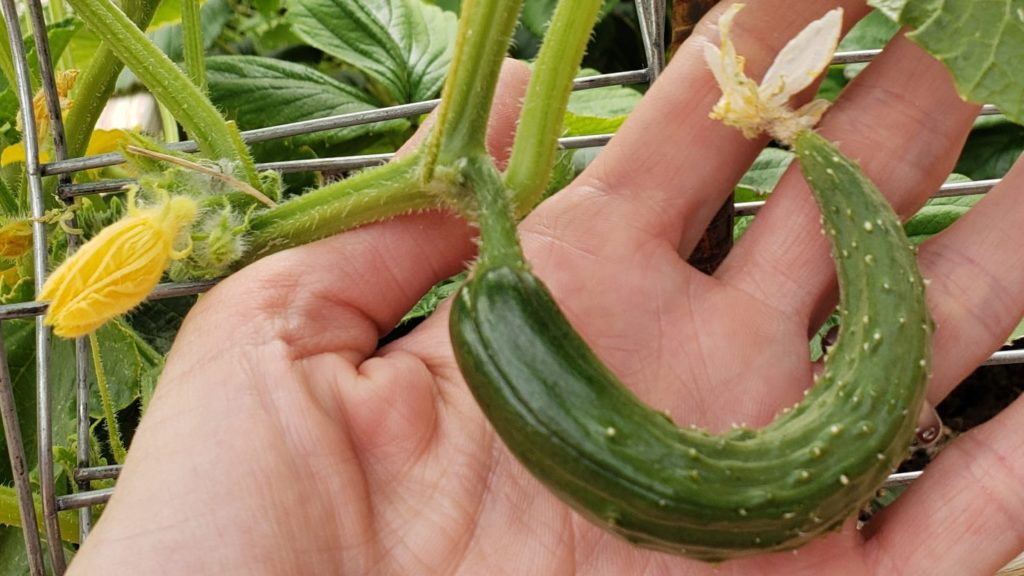
Improper Growing Conditions
Overcrowding
Planting cucumbers too closely together can lead to overcrowding, which can negatively impact growth and contribute to curling. Overcrowded plants compete for sunlight, water, and nutrients, resulting in poor airflow and increased disease susceptibility. Adequate spacing between cucumber plants allows for proper light penetration, air circulation, and reduces the risk of curling due to overcrowding.
Inadequate Support
Cucumbers are vining plants that require sturdy support to grow properly. Without adequate support, cucumber vines may sprawl on the ground, resulting in curled leaves and fruit. Using trellises, stakes, or cages to support the vines can help prevent excessive bending and curling, ensuring healthier growth and easier fruit harvesting.
Excessive Stress
Drought
Cucumber plants are highly dependent on water, and prolonged periods of drought can cause stress, resulting in curled leaves. During times of drought, cucumber plants may conserve water by curling their leaves to reduce surface area and minimize water loss through transpiration. Adequate watering and implementing irrigation systems can help prevent drought stress and maintain healthy cucumber plants.
Heat Stress
High temperatures can cause heat stress in cucumber plants, leading to curled leaves and reduced growth. When faced with excessive heat, cucumber plants may curl their leaves to reduce sun exposure and conserve water. Providing shade cloth or using mulch around the plants can help combat heat stress and minimize leaf curling caused by excessively hot temperatures.

Pollination Problems
Incomplete Pollination
Cucumbers require proper pollination to develop fully and correctly. If pollination is incomplete or ineffective, cucumbers may develop irregularly and exhibit curling. Several factors can hinder pollination, including a lack of pollinators, poor weather conditions, or insufficient pollen transfer. Encouraging pollinator activity through the planting of pollinator-friendly flowers nearby and ensuring favorable weather conditions can increase successful pollination, reducing the risk of curling.
Poor Pollinator Attraction
Lack of pollinators, such as bees or other insects, can lead to poor pollination and result in curled cucumbers. Creating a garden environment that attracts and supports pollinators can help encourage their presence and increase the chances of successful pollination. Planting flowers that attract pollinators, providing a water source, and avoiding the use of harmful pesticides can enhance pollinator attraction and promote proper fruit development.
Improper Pruning Techniques
Incorrect Pruning Timing
Pruning cucumber plants at the wrong time can disrupt their growth and cause leaf curling. Pruning too early may remove vital growth points, while pruning too late can lead to excessive vine growth and overcrowding. Understanding the appropriate time to prune cucumber plants, such as removing lateral shoots once they reach a certain length or after the first few fruits have formed, can help maintain plant vigor and minimize curling caused by improper pruning.
Over Pruning
Over pruning cucumber plants can also result in leaf curling. Removing too many leaves or excessive pruning of lateral shoots can reduce the plant’s ability to photosynthesize and produce energy, leading to weakened growth and curled leaves. It is important to strike a balance between pruning for proper airflow and removing excessive foliage, ensuring optimal plant health and minimizing curling caused by over pruning.
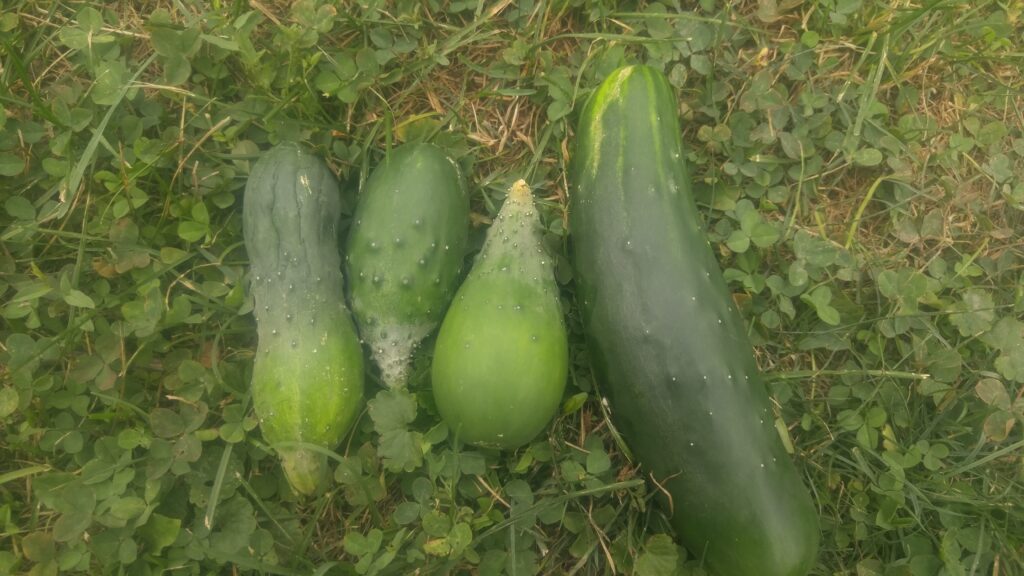
Viral Infections
Cucumber Mosaic Virus
Cucumber mosaic virus (CMV) is a common viral infection that affects cucumbers and can result in curled leaves. Infected plants may exhibit various symptoms, including mosaic patterns on leaves, stunted growth, and curling. CMV is primarily spread through aphids or by direct contact with infected plant material. Implementing proper insect control measures, such as using insecticides or physical barriers to deter aphids, can help prevent CMV transmission and reduce the risk of leaf curling.
Cucumber Green Mottle Mosaic Virus
Cucumber green mottle mosaic virus (CGMMV) is another viral infection that can affect cucumber plants, causing curling and other symptoms. Similar to CMV, CGMMV is transmitted by aphids and through direct contact with infected plants. Infected plants may display mosaic patterns, stunted growth, and leaf curling. Preventing aphid infestations and promptly removing and disposing of infected plants are crucial in preventing CGMMV and reducing the occurrence of curled leaves.
Chemical Exposure
Herbicide Drift
Herbicide drift occurs when herbicides are unintentionally carried by wind or other means to non-target plants, including cucumbers. Exposure to herbicides can result in leaf curling, discoloration, and overall plant decline. To prevent herbicide drift, it is important to follow proper application practices, including avoiding spraying on windy days, using drift-reducing nozzles, and keeping a safe distance from susceptible crops.
Chemical Contamination
Exposure to chemical contaminants, such as pesticides or fertilizers, can also contribute to cucumber leaf curling. Using excessive amounts of chemical products or applying them incorrectly can lead to plant stress and physical damage, including curled leaves. Following the recommended rates and application methods for chemical products and regularly monitoring plants for signs of stress or damage can help reduce the risk of chemical contamination and minimize leaf curling.
In conclusion, cucumber curling can occur due to various physical, genetic, nutrient-related, environmental, and disease-related factors. Understanding these factors and taking appropriate measures to prevent or address them can help promote healthy cucumber plants with minimal leaf curling issues. By ensuring proper temperatures, light exposure, watering habits, and nutrient levels, as well as managing pests and diseases, maintaining appropriate growing conditions, reducing stress, promoting effective pollination, implementing proper pruning techniques, and avoiding chemical exposure, gardeners can enhance the growth and yield of their cucumber plants while minimizing the occurrence of leaf curling.
